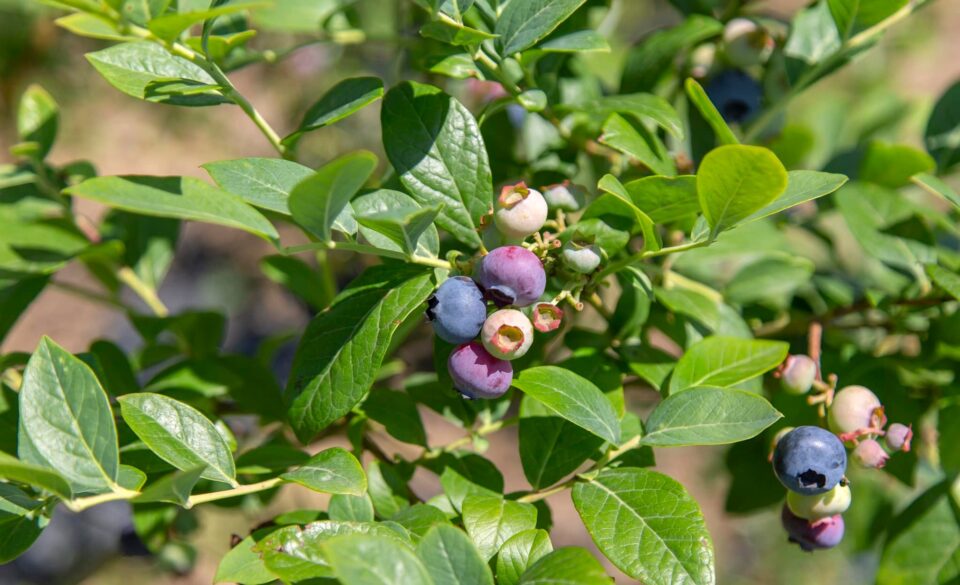In light of the recent report on abnormally early flowering of blueberries in Poland, where certain varieties of this berry crop bloomed four weeks ahead of the usual schedule, experts at EastFruit turned their attention to the situation in Ukraine. Their inquiry focused on assessing the severity of a similar phenomenon and its potential impact on the blueberry harvest, particularly in the context of spring frost.
While the situation in Ukraine regarding early blueberry flowering is not as critical as in Poland, it still warrants attention. Summarizing responses from market participants, the advance over the average multi-year flowering dates ranges from 10 to 18 days. However, in the eastern regions of Ukraine, the advance approaches four weeks, mirroring the situation in Poland. Notably, variations exist based on the cultivation region, with slightly less advancement observed in the more eastern areas. Nonetheless, even in northern Ukraine, flowering may commence soon, raising genuine concerns among growers.
Read also: Would Poland become a net importer of blueberries despite trade with Russia?
Farmers in Ukraine unanimously recognize the threat posed by spring frost. Some are already taking precautionary measures to safeguard their blueberry crops. These measures include inter-row heating techniques, treatment with specialized agents that enhance resistance to low temperatures, and the use of water cannons.
Experts highlight the unique natural defense mechanism provided by the blueberry flower structure. During flowering, the berry can withstand brief drops in air temperature below zero. Sergii Zmiichuk from Fruitech, commenting on Andriy Yarmak’s Facebook post, recalled a past experience where they encountered -4°C during flowering without significant damage. “The bell-shaped flower structure, by design, allows water in the petals to freeze and release heat, which is then retained under the dome, protecting against freezing”, said Sergii.
Interestingly, the primary losses for blueberries in Ukraine occur during the winter period, mainly not from extremely low temperatures, but from fluctuations when vegetation resumes in winter, as noted by Viktor Farafonov. “As for spring frosts, this crop has a ‘self-defense’ mechanism due to morphological features of the flower structure, as previously noted, as well as the extended flowering period. If we add technological practices such as irrigation and the use of mist generators, crop losses will be minimal. Perhaps there will be a price drop in the initial ripening period for early varieties, where we compete with southern European countries. But there will definitely be no disaster”, reassured the experienced industry practitioner.
Blueberries are increasingly vital for Ukrainian horticulture. Last year, they surpassed apples in terms of export revenue. In 2024, if there are no natural catastrophes and significant crop losses, we can expect another export record for Ukrainian blueberries.




